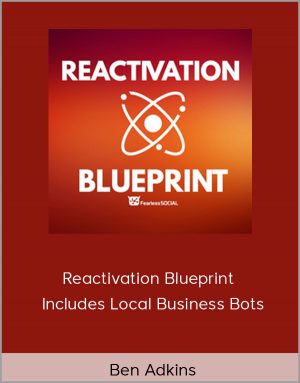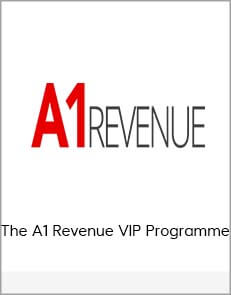Julien Klepatch – Live Training 8 – Ethereum Staking 2.0
$35.00$97.00 (-64%)
Ethereum staking provides investors with the opportunity to earn free ETH rewards from transaction fees just by staking their existing Ethereum tokens themselves or through a staking pool.
SalePage
Julien Klepatch – Live Training #8 – Ethereum Staking 2.0

Check it out: Julien Klepatch – Live Training #8 – Ethereum Staking 2.0
Ethereum 2.0 is a long-term upgrade to the Ethereum network that will improve its security, scalability, and speed of transaction whilst making it more suitable for a variety of next-generation cryptocurrencies and services.
Ethereum 2.0’s proof-of-stake (PoS) form presents a myriad of opportunities for crypto investors, as well as Ethereum use cases.
Ethereum staking provides investors with the opportunity to earn free ETH rewards from transaction fees just by staking their existing Ethereum tokens themselves or through a staking pool.
Ethereum 2.0 staking is the act of making a deposit of a minimum of 32 Ether (ETH) in a staking wallet and connecting it to the Ethereum network to help activate validator software and maintain and secure the blockchain.
Validators are required to retain data, process Ethereum transactions and submit new blocks to the Ethereum blockchain thereby enhancing the overall security of the network with its collateralized assets. Validators reap the rewards for their service by receiving new ETH fees.
However, validators need to keep their staked ETH in an Ethereum wallet and connected to its blockchain where it is locked until the validator decides to remove his stake.
By following this live training, you’ll fully understand how staking works on ethereum 2.0.
Make sure to book your seat and join us 😉
LIVE EVENT
When is the training?
- August 10th, 11pm UTC+8
- If you cannot access the live event, you will still be able to access the recording after
PART I: WHAT IS ETH2?
- Where are we in the update
- What happens when we stake
PART II: STAKING ON ETH
- How it works
- Comparison with another blockchain
PART III: WHAT HARDWARE?
- Minimum requirements
- Selection criteria
- Self Hosting VS Using a VPS
- Hardware choices
- Raspberry Pi
- Zotac
- VPS Choices
- AWS
- Digital Ocean
- Contabo
PART VI: RUN SOFTWARE
- What we will do
- Download client
- Import validator keys
- Run beacon node
- Run validator
- Launchpad deposit process
PART V: RUN MONITORING
- Install Promoetheus
- Install Node Exporter
- Install Grafana
PRE-REQUISITES
- Linux
- Basics of NodeJS
- Basics of the command line
- Ethereum
- Solidity
- ERC20
- Truffle
- Required software:
- Code editor (ex: Visual Studio Code)
- A terminal (for Windows users, you can use the bash emulation of git for windows)
- NodeJS
- Truffle
- Works on Windows 8/10, recent versions of Ubuntu & MacOS
Your Instructor
Alexandre Wolff
Alexandre is a software developer specialised in the Ethereum ecosystem. He collaborates with different companies needing expertise on blockchain technology, being in charge of consulting and technical implementation. He has notably worked with several startups that have raised millions in funding.
Linkedin: Alexandre Wolff
Twitter: @wolffalexandre4











![Mindvalley Academy [Gina DeVee] – Live & Luxurious Course](https://havecourse.me/wp-content/uploads/2020/04/Mindvalley-Academy-Gina-DeVee-–-Live-Luxurious-Course.jpg)


